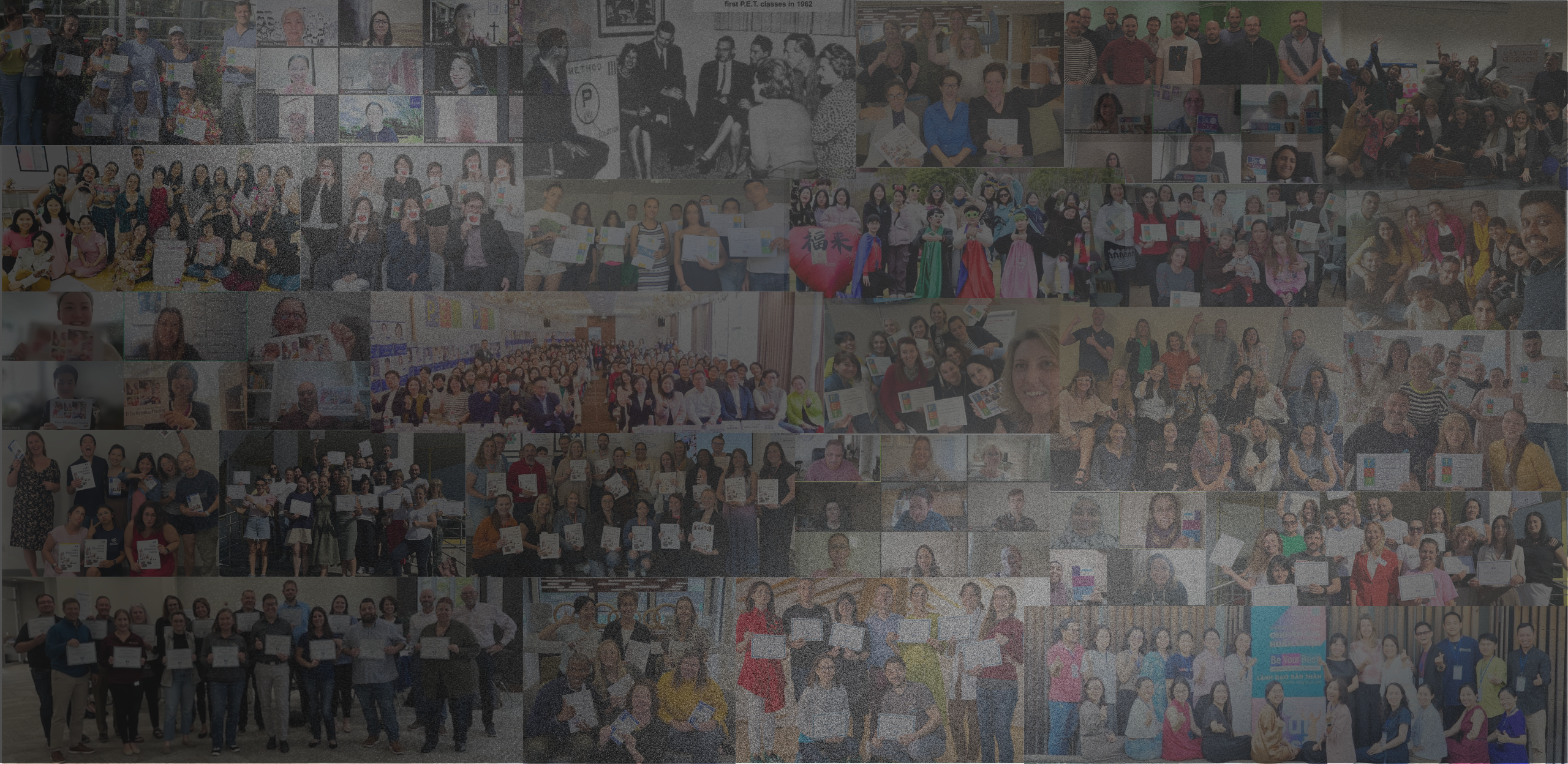There are different methods of conflict resolution as I am sure you’re aware. Some are based on using power, some are not. After reading this, which type of conflict resolution would you/do you prefer?
Here are the Power-Based Methods (using terminology created by Dr. Thomas Gordon – Method I, Method II and Method III):
• Method I – You Win and Other Loses
This problem solving approach is based on the use of power to impose a solution on another. The person using Method I essentially says: “I have the power in our relationship in the form of rewards (++) and punishments (- -) so I will win, even if you must lose.”
The person with less power generally takes this position: “I must accept your solution, but I resent your using power on me and I’ll find some way of getting back at you the first chance I get.”
• Method II – Other Wins and You Lose
The permissive problem solving approach is where the person with power relinquishes it and yields to the demands of the other person.
In the case of equal power it involves one giving in to the demands of the other.
 Notice that both Methods I and II involve the use of power, and both situations leave one party a resentful loser bent on revenge. Even among people with equal power (peers, colleagues), personal power in a variety of forms can be applied to bring about a one-way solution.
Notice that both Methods I and II involve the use of power, and both situations leave one party a resentful loser bent on revenge. Even among people with equal power (peers, colleagues), personal power in a variety of forms can be applied to bring about a one-way solution.
Both Methods I and II are based on these assumptions:
1. One party or the other possesses the power to dispense rewards and punishments.
2. One person is dependent upon the other’s source of power to gain satisfaction of individual needs.
3. The person without power is afraid of the possessor of the power.
4. Only one person in the relationship will get his or her needs met.
5. The other will obtain only partial, if any, needs satisfaction.
Here is a Non-Power Method:
• Method III – You Win and Other Wins (No-lose)
Method III is based on a very different set of assumptions than the power-based methods:
1. The needs of each party are considered to be of equal importance.
2. The problem is approached from a needs standpoint, not a solution standpoint.
3. Power is never used except in extreme emergencies.
As illustrated here, the posture of both parties, whether power is equal or unequal, is democratic and concerned with the needs of each — saying in effect, “Let’s work together for a solution that meets your needs and meets my needs. Both of us will win, no one will be a resentful loser.”
The main advantage of the Method III approach is that it enhances rather than harms the relationship. No one loses; instead both win. Feelings of resentment and unfairness are thus eliminated from problem solving and replaced by mutual respect and concern for the needs of all parties.
Many people, who are uncomfortable with the results of either Method I or Method II, turn to an additional option, compromise. While neither person loses, they don’t really win – either both try to win as much as possible and lose as little as possible. This approach is often confused with the Gordon Model alternative, “No-Lose Problem Solving”, or “Method III”.
In a compromise, both people can feel dissatisfied and the solution may become a wall between the two. A compromise solution is actually made up of trade offs and promises and each watches very carefully to be sure that the other does not disregard his/her pieces of this solution. Usually it involves “buying and selling” solutions and needs are often not even identified. Win-lose concerns and feelings often remain.
In Method III, the first big difference is attitude – there is a genuine desire for a win-win solution which both will be happy with. The second important difference is that needs come before solutions. The needs of both are identified and clarified before solutions are even considered.

